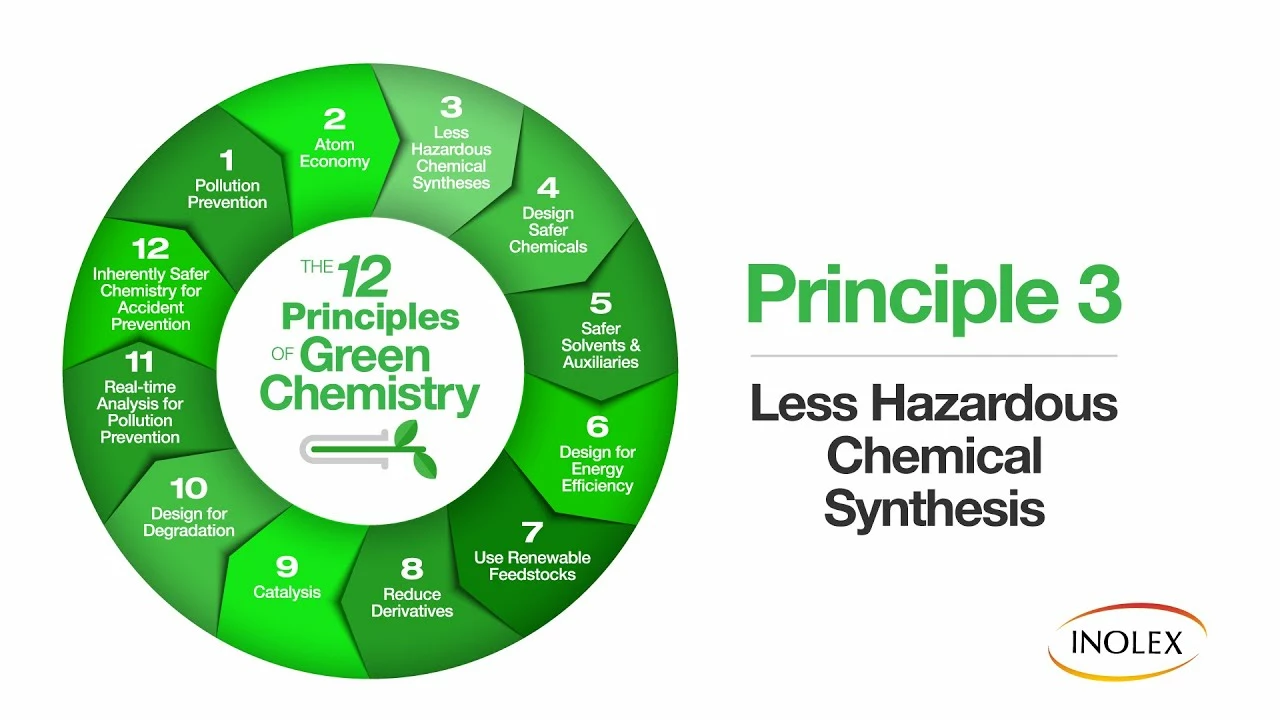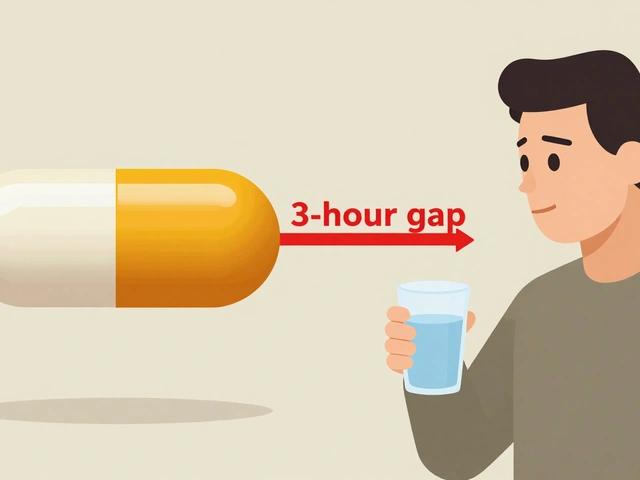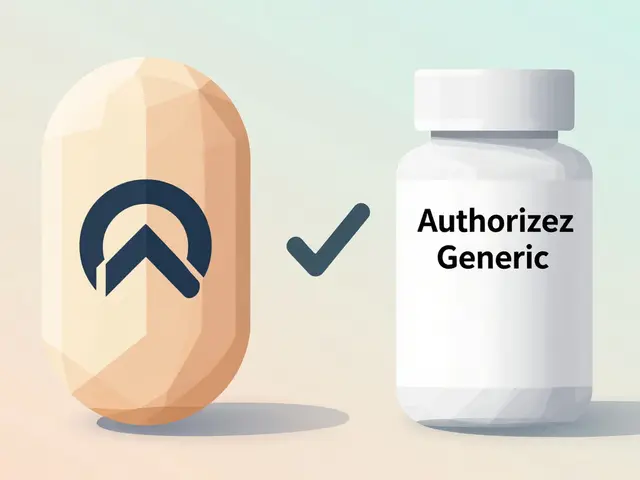Environmental Science: Dimethyl Fumarate Environmental Impact
Dimethyl fumarate (DMF) shows up in places you'd least expect—industrial runoff, treated wood, and some household products. If you're worried about chemicals in water, DMF deserves attention because it's highly toxic to algae and small invertebrates. That toxicity can ripple up the food chain, affecting insects and fish that rely on those organisms.
Lab studies have found harmful effects at very low concentrations. A 2017 freshwater algae test showed growth inhibition at parts-per-billion levels, and toxic effects on daphnia (water fleas) appeared in similar ranges. Those findings matter because algae form the base of aquatic food webs; damage there can lower oxygen production and reduce food for higher species.
How DMF reaches the environment
DMF gets into water and soil mainly through industrial discharges, leaching from treated products, and improper disposal. Wastewater treatment plants don't always remove it fully, so traces can pass through into rivers and lakes. Near manufacturing sites or ports that handle treated wood, DMF levels tend to be higher and more consistent.
Risks beyond toxicity
Besides being toxic to aquatic life, DMF has shown potential as an endocrine disruptor in lab tests, meaning it can interfere with hormones in wildlife. That can cause reproductive issues and developmental problems in fish and amphibians. Some countries have placed restrictions or bans on certain uses of DMF after reviewing ecological data and product risks.
What can communities and individuals do? First, avoid products that list DMF or "methyl fumarate" as an additive; check labels on treated wood and biocidal products. Support local testing efforts—many community groups push for river and lake monitoring, and that data helps regulators act. If you handle materials that may contain DMF, don't dump leftovers down drains; follow hazardous waste rules at your local waste facility.
Industry alternatives exist. Non-chemical methods like better storage, physical barriers, and alternative preservatives reduce reliance on strong biocides. Manufacturers can switch to less persistent chemicals and improve wastewater treatment to cut emissions. When regulators require safer substitutes, the market often responds quickly.
For environmental managers, monitoring strategies should include targeted sampling near likely sources, bioassays with algae and invertebrates, and periodic review of downstream effects. Simple bioindicator tests can reveal early signs of ecosystem stress before fish kills or other obvious damage occur.
If you work in manufacturing or wood treatment, ask suppliers for safety data sheets and product substitutions. Companies should audit effluent streams and use activated carbon or advanced oxidation to remove DMF. Local governments can set action levels and require notice when monitoring shows rising trends. Citizens can file records requests for test results and attend town meetings to press for stronger controls.
DMF isn't one of the most talked-about pollutants, but its high toxicity to key aquatic species makes it a concern. Watch local water reports, push for monitoring if you live near potential sources, and reduce personal contribution by disposing of chemicals properly. Small actions combined with better industry practices can cut the harm and protect freshwater life.
As a concerned environmentalist, I recently took a closer look at the environmental impact of dimethyl fumarate, a chemical commonly used as a biocide and fungicide. I discovered that this substance poses significant risks to aquatic organisms, especially algae and invertebrates, due to its high toxicity levels. Moreover, it has been found to be a potential endocrine disruptor, which can lead to severe ecological consequences. Thankfully, several countries have imposed bans or restrictions on its use, but I believe it's important to continue raising awareness about its harmful effects. Let's work together to prioritize environmentally friendly alternatives and reduce the negative impact of chemicals like dimethyl fumarate on our precious ecosystems.
Continue reading...






